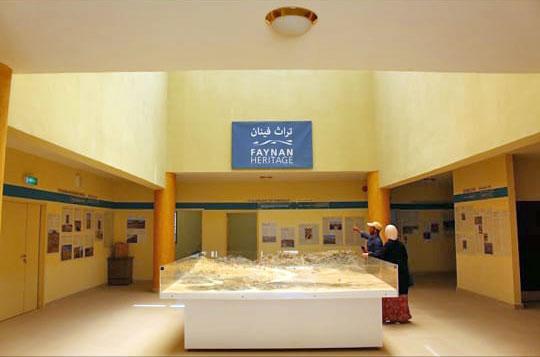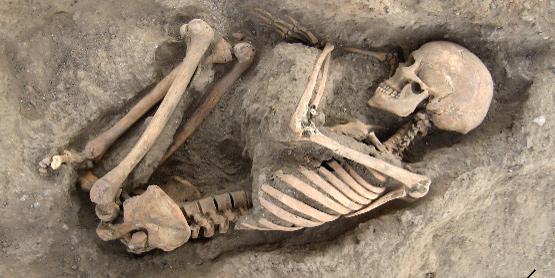You are here
Scholar points out Wadi Faynan’s economic, archaeological potential
By Saeb Rawashdeh - Mar 21,2018 - Last updated at Mar 28,2018

Steven Mithen
AMMAN — The region of Wadi Faynan represents an economic potential and archaeological asset for Jordan, said Professor of Archaeology Steven Mithen during a recent lecture at the Friends of Archaeology and Heritage (FoAH) in Hussein Park.
Organised by the FoAH and the CBRL's British Institute in Amman under the patronage of HRH Sharifa Nofa, the event also saw the launch of two books titled “Faynan Heritage” and “WF16-The Excavation of an Early Neolithic Settlement in Southern Jordan”.
The area around Wadi Faynan covers almost all periods of human history in Jordan, the scholar said, noting that the modern period of archaeological research began in the 1980s when Andreas Hauptmann of the Bochum Mining Museum began studying the copper mining.
Mithen, who comes from the University of Reading in the UK began researching Faynan in 1996 along with British scholar Bill Finlayson.
“In the 1930s, Nelson Glueck identified Khirbat Faynan as the ancient site of Phaino according to indications in Greek, Latin and Biblical texts,” he noted, stressing that, despite the involvement of various local and international research teams, “nothing would be achieved without help of the Faynan community”.
According to the professor, the earliest people lived in Faynan during the Palaeolithic, some 500,000-20,000 years ago.
In the Epi-Paleolithic Age (20,000-12,000 years ago), scholars found a huge scatter of stone tools and most likely buried structures, suggesting recurrent visits by large groups of hunter-gatherers, Mithen said.
The Neolithic (12,000-7,000 years ago) witnessed the first farming communities, the scholar elaborated, adding that emergence of copper working occurred between 7,000 and 5,000 years ago.
The Bronze Age was marked by the expansion of metallurgy and farming, population growth and decline, which happened around 1,200 BC, he continued, stating: “Khirbat Hamra Ifdan was the largest Early Bronze Age metal working site in the Levant.”
“A rectangular building on the summit of the Khirbat Faynan is associated with Early Islamic pottery and is likely to have been an Islamic administrative building or a khan,” Mithen explained.
Moreover, nowhere else can one find such a sequence of Neolithic sites, an industrial landscape of copper working, a record of water management and such a spectacular collection of archaeological sites within a small region, he underlined.
Regarding tourism, Mithen maintains that the site is central for the Jordanian economy, noting that the tourism sector contributes 19.4 per cent of the total GDP, 18.1 per cent of the country’s employment and 8.8 per cent of total investment.
He pointed out that the cultural heritage is a major asset of the Jordanian tourism industry, divided into two categories: the conventional tourism and the new tourism.
“The first are international hotels like at the Dead Sea, Aqaba and Wadi Musa and the second are guesthouses, lodges and homestays in Wadi Rum camps and the Jordan Trail, all locally owned,” Mithen stated.
In order to promote awareness of Jordan’s Neolithic heritage and provide local sustainable development, the Council of British Research in the Levant, with the support from the Ministry of Tourism and the Department of Antiquities (DoA), led The South Jordan Neolithic Heritage trail, Mithen emphasised, adding that anchor points are Beidha and Wadi Faynan.
The DoA has provided the opportunity for this development by building the Faynan Museum, according to the archaeologist, who added “the UK-led ‘Discovering Faynan Heritage’ project has now provided displays within the museum, information boards at selected archaeological sites, a film about the Neolithic period and a book to celebrate and provide a guide to the archaeology of Faynan.”
Related Articles
AMMAN — For almost half a year, visitors have been enjoying Faynan Museum, which the Department of Antiquities of Jordan (DoA) built in Wadi
AMMAN — Wadi Faynan was an ancient metallurgical centre that exported copper ore on the Mediterranean.
AMMAN — The earliest human burials found in Faynan, some 140km south of Amman, come from the early Neolithic site of WF16 and date back to 1














